Pontiac didn’t make many missteps when it came to muscle, but the 1977 LeMans Can Am is one of those rare moves that still puzzles and fascinates people today. Built for just one model year, this limited-run muscle sedan packed serious heat under the hood but vanished almost as quickly as it arrived. It’s part GTO, part Grand Am, and entirely its own thing—and for those who know what it is, the Can Am represents a forgotten branch on Pontiac’s performance tree that deserved more attention. Here’s a closer look at why this oddball sedan still turns heads.
The Can Am Was a One-Year Special
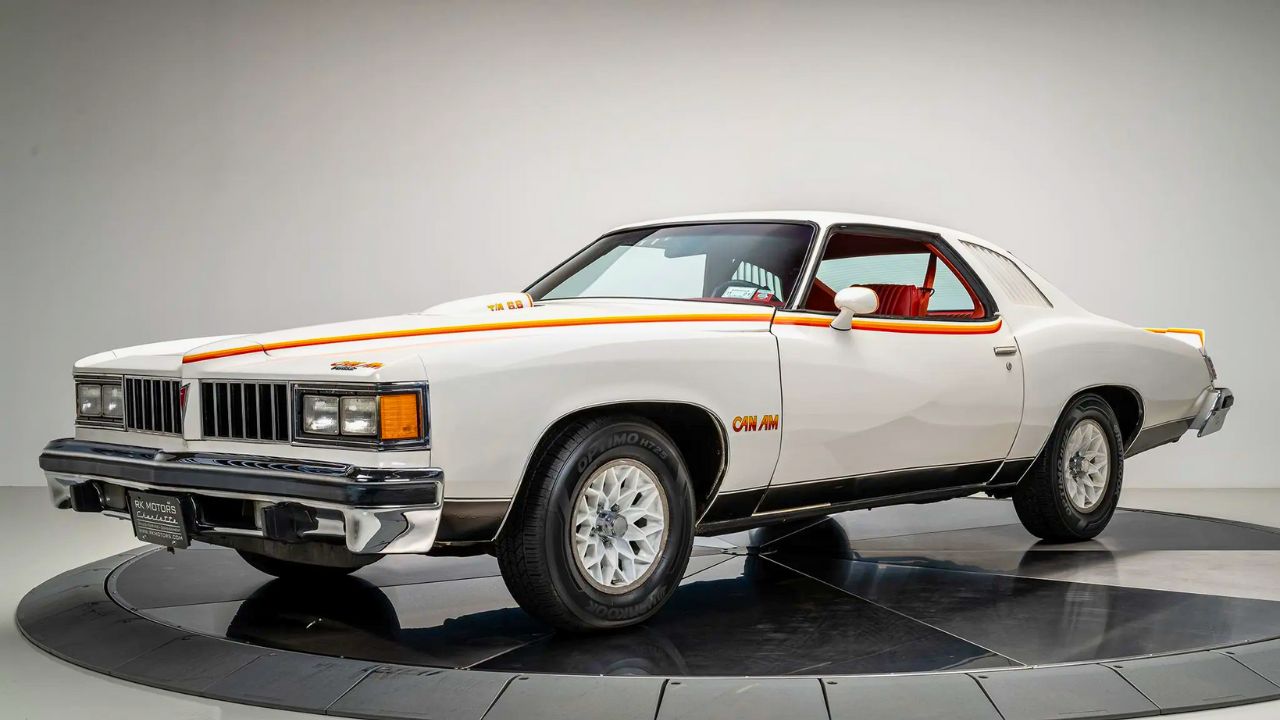
The 1977 Pontiac Can Am was a one-year-only model built on the LeMans platform. It was introduced as a way for Pontiac to squeeze a little more life out of the aging A-body while offering something special to muscle car fans who were left behind in the emissions era.
Pontiac originally planned to produce around 5,000 units, but due to a supplier issue and lack of internal support, only about 1,377 were made. That limited run, combined with its performance focus, made it one of the rarest muscle sedans Pontiac ever built.
It Packed a 200-HP 400ci V8
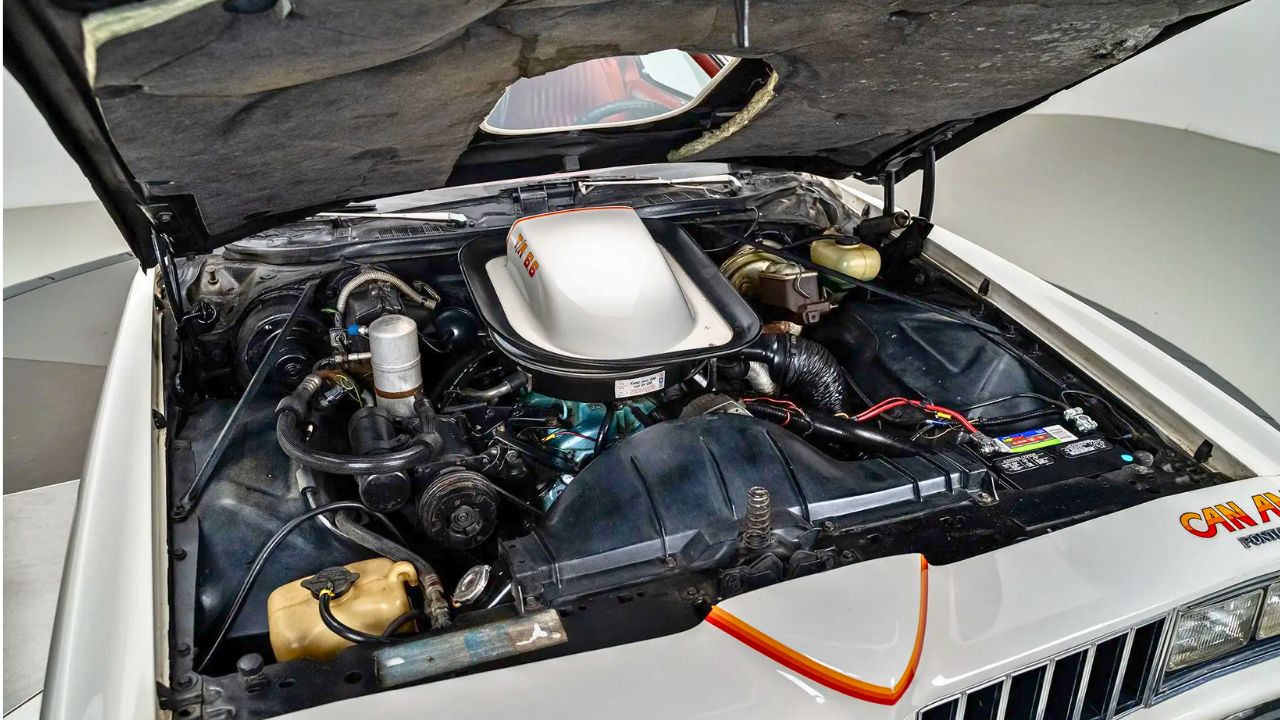
Under the hood, most Can Ams came with the Pontiac 400-cubic-inch V8 rated at 200 horsepower and 325 lb-ft of torque. That might sound tame today, but in 1977, it was still one of the stronger setups you could get in a midsize car.
Some early models even received the 200-hp 403 Oldsmobile V8 due to supply constraints. Either way, the Can Am could move when you stepped on it, thanks in part to its TH400 automatic and 3.08 rear axle.
Styled by Jim Wangers’ Group

The Can Am was the brainchild of Jim Wangers, the same marketing mind behind the original GTO. His team worked with Motortown Corporation to build the cars, with the unique rear spoiler, decals, and shaker scoop all coming from this outside supplier.
This collaboration is also why the Can Am had some trouble sustaining production—Motortown’s mold for the rear spoiler broke, and Pontiac didn’t want to invest in replacing it. That single supplier bottleneck essentially killed the program.
It Borrowed the Trans Am’s Shaker Hood
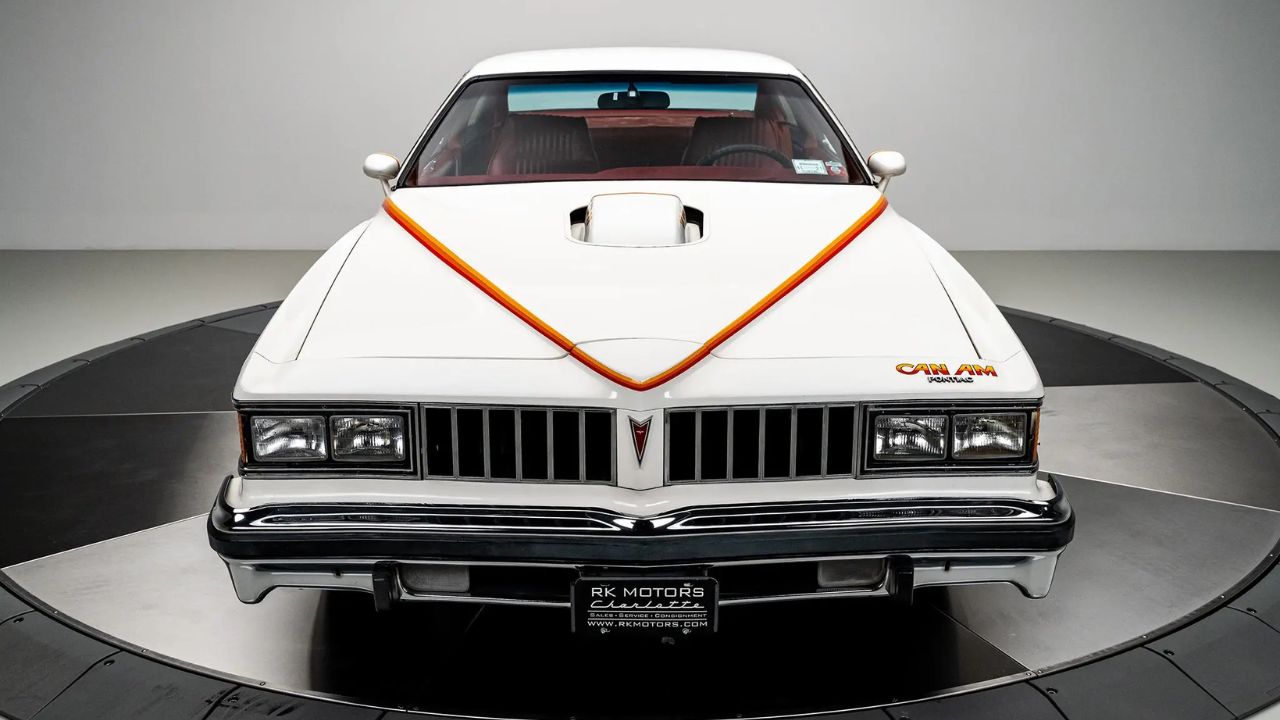
One of the Can Am’s defining features was the shaker hood scoop borrowed directly from the Pontiac Trans Am. It sat atop the 400 V8 and was functional, directing air into the carburetor for improved breathing.
This detail gave the Can Am instant street cred. It looked like it meant business, and the scoop vibrating at idle gave the sedan a little muscle car drama. It wasn’t just there for show—it had purpose.
Only a Few Survive Today

With only about 1,377 built and no major advertising campaign, the Can Am disappeared fast from public memory. Many ended up in junkyards or were cannibalized for their drivetrain parts.
Today, clean examples are rare. When one does come up for sale, it often catches the eye of serious Pontiac fans or collectors who appreciate its oddball status and short production run.
It Had a Unique White-Only Paint Scheme

All Can Ams came painted in Cameo White with tri-tone orange and red striping. That was the only color offered, making every car instantly recognizable, especially with the blacked-out grille and unique decals.
The bright paint combined with the muscle car graphics gave it a visual punch. Even standing still, it looked ready to go. You weren’t going to mistake this for just another LeMans in the parking lot.
It Was a Muscle Car Disguised as a Family Car
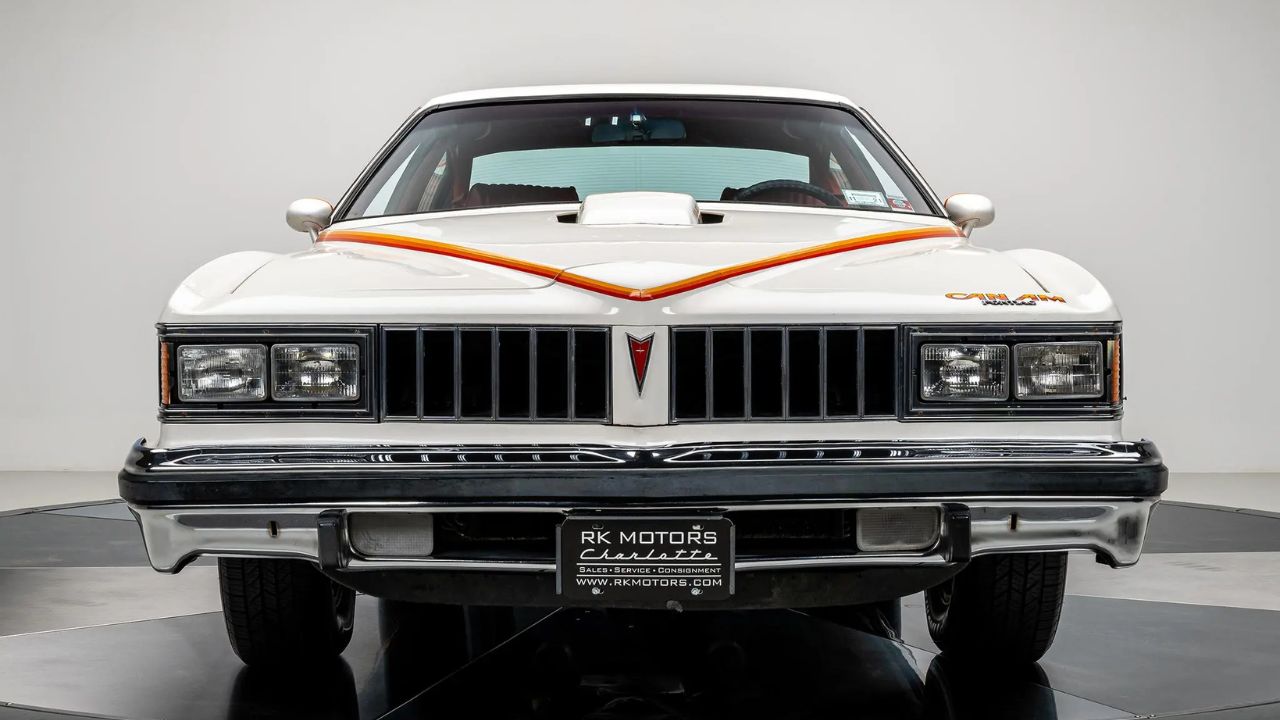
The Can Am gave buyers a sleeper muscle car disguised as a family-friendly midsize. With a bench seat, column shifter, and full-size comfort, it had all the markings of a daily driver.
But the rumble from the dual exhaust and the performance under the hood said otherwise. It was one of the last gasps of the muscle car formula in an era dominated by emissions and insurance worries.
The Rear Spoiler Was Its Achilles Heel

The Can Am’s production came to a halt when the mold for its rear spoiler broke. Because the spoiler was sourced externally from Motortown, and Pontiac wasn’t interested in paying to remake the tooling, the entire run ended prematurely.
This manufacturing issue turned out to be the reason why fewer than 1,400 were ever completed. A simple plastic part ended what could have been a much longer and more successful run.
It Was Overshadowed by the Firebird
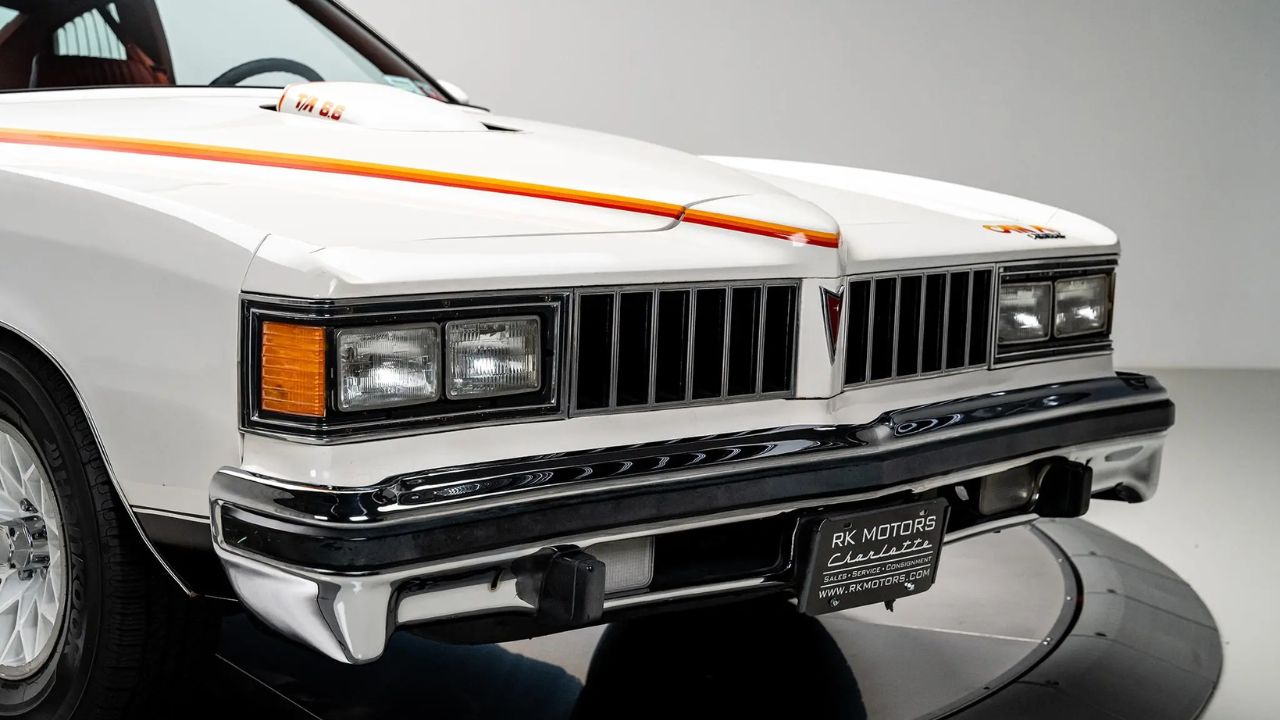
Even in Pontiac’s own lineup, the Can Am had competition. The Firebird Trans Am was more heavily marketed and aligned with pop culture thanks to Smokey and the Bandit, which also dropped in 1977.
Buyers naturally gravitated to the coupe with the bigger name. That left the Can Am as an oddball for people who wanted muscle but didn’t want to follow the crowd.
It’s Now a Collector’s Sleeper
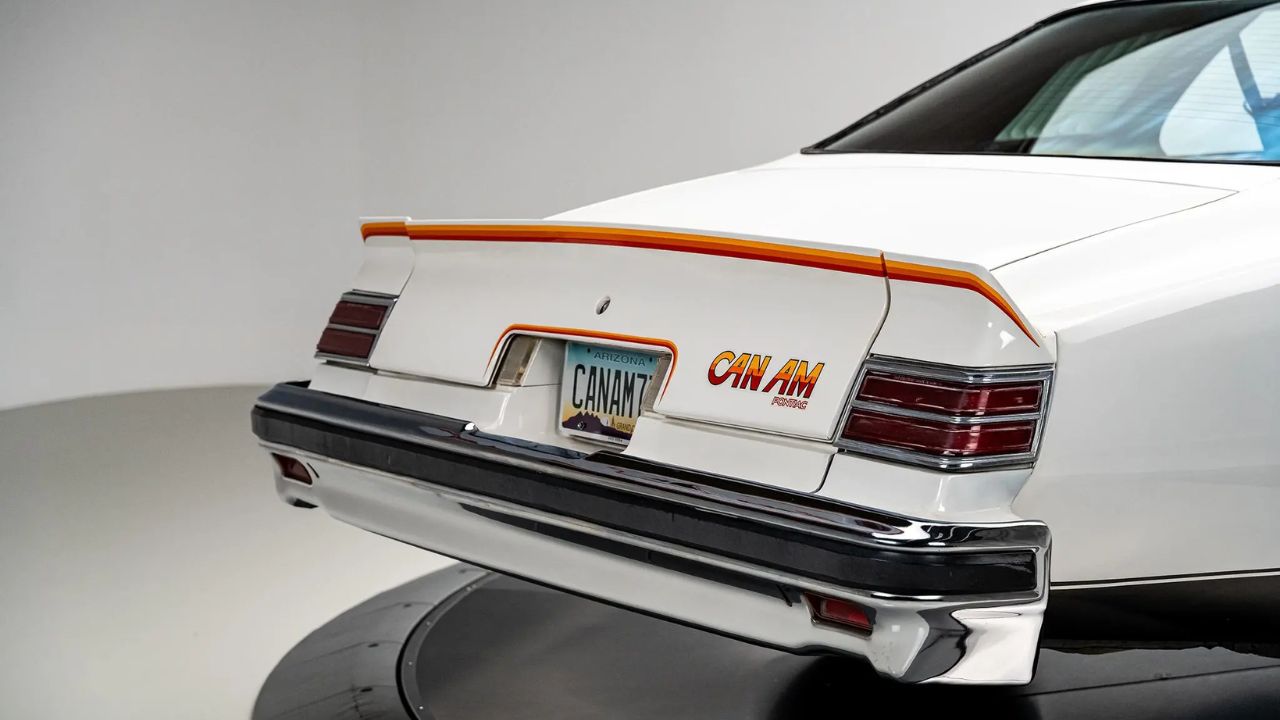
In the past decade, interest in the 1977 Can Am has quietly grown. As more people rediscover forgotten 1970s performance cars, the Can Am has started to gain recognition for its rarity and period-correct power.
Prices are still reasonable, but that likely won’t last. With so few around and even fewer in clean condition, the Can Am may end up being one of those cars everyone wishes they bought when they were still cheap.
Like what you read? Here’s more by us:
*Created with AI assistance and editor review.







Leave a Reply